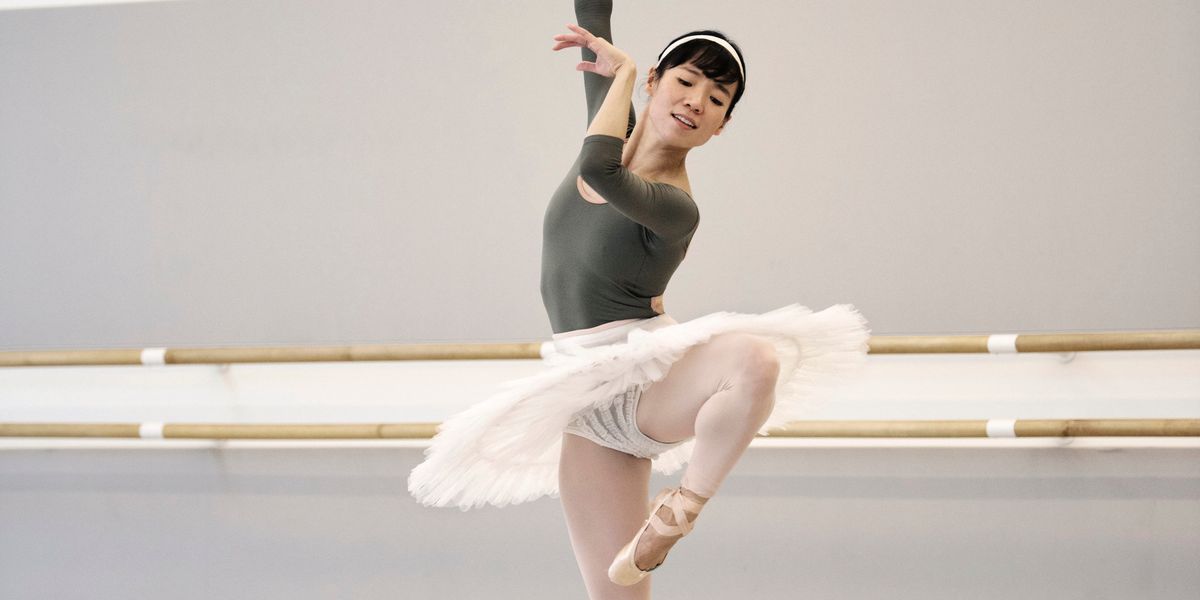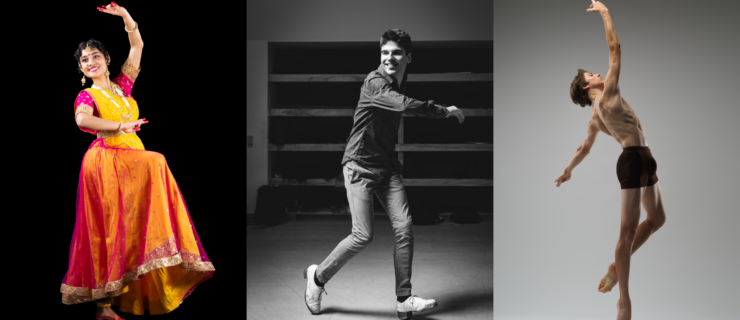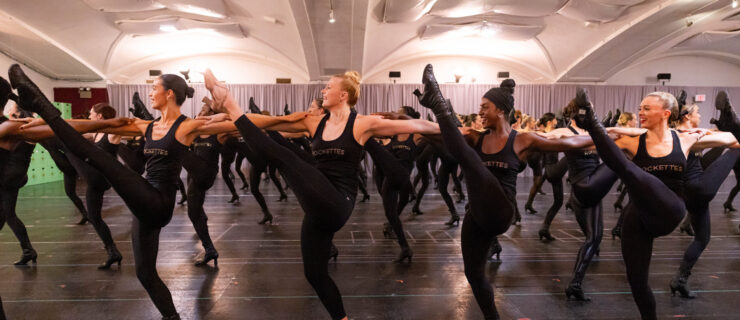How to Master Pirouettes from Fifth
Even for natural turners, pirouettes from fifth can be a challenge. You need to take off from a small crossed position and stay straight over your supporting leg, from start to finish. “It’s the hardest place to turn from, because you can’t access your plié as much as you can from fourth,” says Jennie Somogyi, former principal dancer with New York City Ballet and director of Jennie Somogyi Ballet Academy in Easton, PA. “I’m always telling my students to plié more!”
If you’re struggling with pirouettes from fifth position or want to refine your approach, try these pro tips.
Find Your Fifth
Like any pirouette, turning en dehors (outside) from fifth position needs a good preparation. A strong and secure fifth will ensure you have the right placement from the start. James Kirby Rogers, a dancer with Kansas City Ballet, tries to make the best fifth possible and find his balance. “Your weight should be evenly distributed between both feet,” he says, “so you can push off that front foot.” Rogers notes that these pirouettes are a prerequisite for double tours, so he works on them first and then tries to replicate the same preparation before he jumps.
Somogyi also recommends a good fifth position, but suggests keeping your weight more on your back foot. “When your weight is too far forward, you move that front foot around. I would only use it at the last second to push off,” she says. Somogyi often sees dancers diving forward to get momentum for the turn, but that’s the opposite of what you should do. “Keep your body upright and use your stomach and back muscles to get the force you need.”
 Jennie Somogyi working with a student (courtesy Somogyi)
Jennie Somogyi working with a student (courtesy Somogyi)
Use Your Plié, Coordinate Your Arms, and Hit the Position
Using the floor might feel counterintuitive, but it will help. “I think of really pushing down before the pirouette,” says San Francisco Ballet principal Frances Chung. “Take a nice plié and keep the knees to the side.” Chung also uses the rebound from the plié to get to her turning position, and thinks of it all as one movement. “I try to hit passé as fast as possible, even if it’s just for the aesthetic of the turn. It’s beautiful to be in passé for two full pirouettes.”
While the legs are working, the arms need to be coordinated as well. Rogers will bring his second arm in a little faster than when he turns from fourth because it helps him gain more force. “I try to engage my core and find width in my back,” he says. “That way, it’s harder to sink into the position. It also gives me the right dynamic.”
When turning en dehors to the right, Somogyi also suggests getting your right arm to second position and bringing the left arm in fast. “Get up off your hips quickly,” she says. “Access the plié and get to passé as quickly as you can. Then your body will know exactly where it needs to be instead of being in constant motion.”
Remember to Spot
Sharp, fast spots will help you get all the way around, but make sure you don’t anticipate the timing. “Some people bring their head around too soon and it throws off their coordination,” says Chung. “If you’re turning to the right, first think of turning your head to the left, so there’s opposition, and then whip it around.”
Rogers also thinks about using oppositional forces, by pushing down through the ankle and up through the supporting leg. “Remember that gravity is trying to pull you over,” says Somogyi. “The higher you are off your hips, the longer you’ll be able to stay up there and rotate around.”
Finally, holding a strong relevé will also help the mechanics and quality of the turn. Rogers does exercises on a Bosu ball to help maintain his balance, and extra relevés on the edge of a step to build strength in his calves.
A version of this story appeared in the March 2019 issue of
Dance Spirit with the title “Pirouettes from Fifth.”




